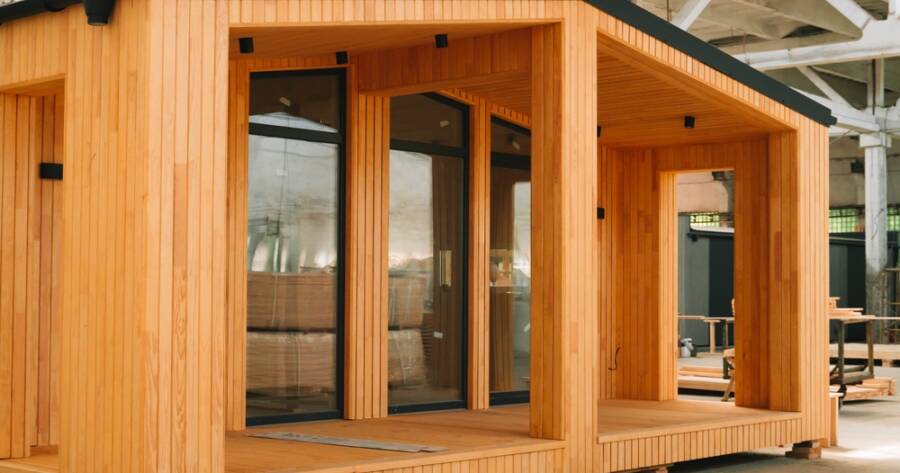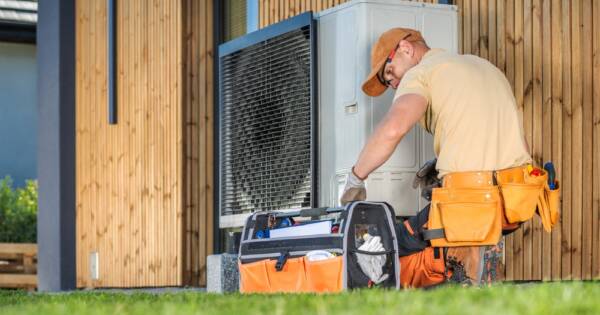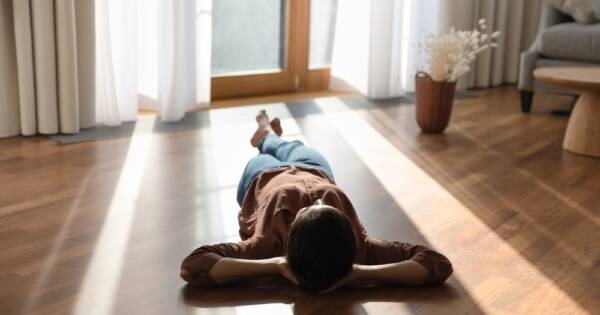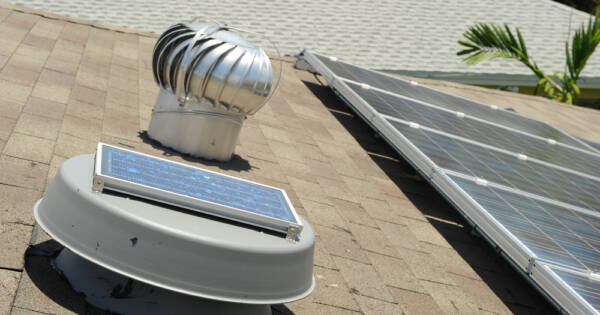Prefabricated modular homes are redefining the housing sector with their swift construction, cost-efficiency, and eco-friendly attributes. Modern factory-made dwellings minimize waste, reduce expenses through bulk purchasing, and offer customization options. Despite financial considerations and logistical obstacles, the durability and sustainability of prefab homes make them a compelling choice for today’s environmentally conscious homeowners.
The Rise of Prefabricated Modular Homes
The concept of prefabricated modular homes is not new, but their popularity has surged recently due to several compelling factors. These homes, also known as prefab homes, are constructed in a factory setting before being transported and assembled at their final destination, allowing for faster construction times compared to traditional building methods. This efficiency is due to the controlled manufacturing environment that eliminates weather-related delays and the quick assembly once the site is ready, significantly reducing overall build time.
Additionally, the financial appeal of prefabricated homes is clear, as they tend to be more affordable than traditional homes. Bulk purchasing and reduced waste contribute significantly to lower material costs, while minimized labor hours further drive down expenses. Efficiency in energy usage also plays a crucial role. Prefab homes boast tight seals and often include energy-efficient features that help reduce heating and cooling bills, adding long-term savings to the initial affordability.
Building Sustainability and Customization
Sustainability is another major advantage making prefabricated homes attractive in the modern housing market. With reduced waste and lower carbon emissions in the manufacturing process, these homes align with eco-friendly and sustainability goals. They also provide significant design flexibility, catering to a wide array of aesthetic and functional preferences. Homeowners can customize floor plans, choose finishes, and even make future modifications or additions to their homes, tailoring these homes to suit specific needs.
Modern technological advances like Building Information Modeling (BIM) have revolutionized the customization capabilities of prefab houses. This digital tool helps ensure precise planning and execution, enabling advanced design options that meet individual preferences and environmental considerations. This adaptability allows prefab homes to remain resilient against changing housing demands while still catering to diverse client needs.
Financial Considerations and Construction Challenges
Despite many benefits, potential homeowners must carefully consider certain financial and logistical aspects when choosing a prefab home. Purchasing land and securing the necessary permits add to initial costs, increasing the overall expense. Land selection requires strategic planning, often involving additional costs for utility connections, foundation preparation, and potentially even the leveling of the site. Financing may also differ, necessitating installments during construction, which can be advantageous but require more significant upfront payments.
Furthermore, the transportation and assembly of prefabricated home components can incur extra expenses, especially if the site is remote from the factory. Some companies offer packages that include utility hookups, and prospective buyers must research to determine which options best meet their needs, ensuring transparency in purchase details.
Quality Assurance in Prefabricated Homes
Quality is often a heightened concern for potential prefab homes buyers, but the factory-controlled production offers enhanced quality assurance. The structured environment allows for meticulous quality checks during each manufacturing stage, aiming to minimize defects and ensure high durability standards. Studies suggest that prefab construction can achieve defect-free rates exceeding 95%, contributing to the home’s longevity.
Prefab homes are constructed to weather transportation and endure the assembly process without compromising their structure. This resilience ensures that homeowners receive a sturdy, long-lasting dwelling that can withstand harsh weather conditions comparable to traditional houses. It is vital that homeowners engage experienced contractors for assembly to prevent joint failures and potential material damage.
Learn More About Prefabricated Homes
With all the advantages prefabricated modular homes offer, it’s clear why they are gaining traction in the housing market. As a cost-effective, sustainable, and flexible solution to traditional housing challenges, prefab homes promise a future of innovation and efficiency. Their ability to drastically shorten construction timelines and lower costs without sacrificing quality holds significant appeal for many potential homeowners.
Additionally, they align well with eco-conscious goals, offering sustainable and efficient living conditions. By exploring the prefab housing market, individuals can discover a versatile option that meets modern demands for affordability and environmental responsibility.
Sources
SmartAsset on Pros and Cons of Prefab Homes
TinyMod Living on Benefits of Prefab Housing
Roof and Realm on Prefab Home Benefits




